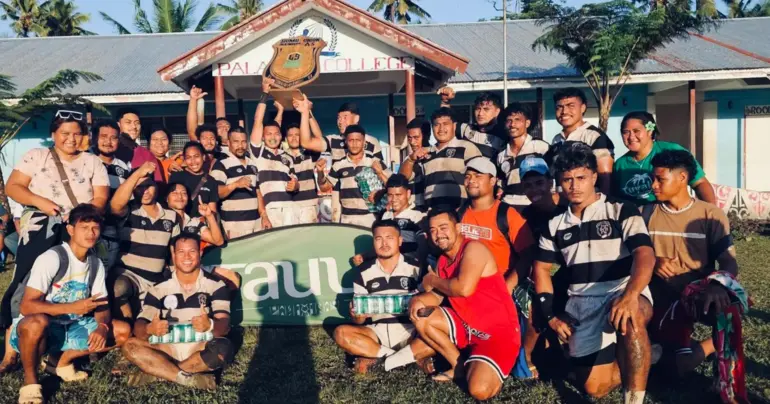Early monitoring key to childhood obesity: study
 By Sapeer Mayron
•
28 March 2021, 6:00PM
By Sapeer Mayron
•
28 March 2021, 6:00PM
Children in Samoa need to be monitored for their risk of obesity and diabetes risks early in life, new research from a Brown School of Public Health long-term study on Samoan children has found.
The American university research found that monitoring was especially crucial for children in urban areas, living on what has become a now-normal diet of imported and packaged foods. Interrupting this lifestyle before a child turns five could be an effective way to prevent obesity and related diseases, the study found.
The findings come from the Ola Tuputupua’e “Growing Up” study, conducted by researchers from the Brown School of Public Health and Yale School of Public Health, which began the study in 2015 with 319 pairs of mothers and children from 10 villages across Upolu. In 2017 another village and group of pairs were added to the study.
Fulbright Research Scholar and Ph.D. candidate Courtney Choy presented the results of five years of study with a large cohort of Samoan children and their families this week in her Ph.D dissertation defence.
“National public health strategies should discourage eating foods in the modern diet early in childhood,” she said.
“Moderate-to-high prevalence of obesity, high [blood sugar] and elevated blood pressure highlights the urgent need for screening and preventative interventions starting from early childhood to manage cardiometabolic risk.”
Speaking to a large virtual crowd of friends, supporters and her Ph.D. committee, Ms. Choy became emotional thanking the families for participating in the study and making longitudinal health research possible.
She presented three chapters of research: on how a child’s body size compares with their behaviour or environment to see what could relate to obesity; what body mass index says about the risk of cardiometabolic disease in children; and on a new method to predict fat mass in Samoan children, with greater accuracy than existing methods used abroad.
The fat-mass prediction equation could be used in routine surveillance of children to keep up with their growth and introduce interventions early, Ms. Choy said.
Samoa has the highest prevalence of childhood obesity in the world, Ms. Choy said, and her findings show there is a clear need for intervention in early childhood.
And while the study couldn’t include everything, like studying children in utero or as infants, or factoring in all variables like sleep or social activity, she feels the results give a clear picture of the relationship between a child’s height, weight and their risk levels for obesity and other diseases.
Among the findings, Ms. Choy learned that children who lived with more material household assets had higher body mass index (BMI) scores, and were more likely to eat the typical modern diet of processed flours, noodles and oily foods.
She also found that as B.M.I. scores rose with age, the child’s odds of having at least one of the cardiometabolic outcomes like obesity, elevated blood pressure, and high HbAlc (sugar) levels, rose.
Ms. Choy said while B.M.I. isn’t the perfect measurement in Samoa, she found it to be an accurate measure for the seven to nine year old cohort in particular, but that studying height and weight individually was better for younger children.
Throughout the course of the study, several papers have been published based on findings gleaned from the mother-child pairs.
Ms. Choy said the team of researchers and the Ministry of Health staff she works with are preparing video and pamphlet material to deliver to the villages included in the study and share the findings with them too.
She said Samoa should identify a risk threshold, either using the B.M.I. scale or another, to direct children to further treatment, prevention strategies or monitoring as they grow.
She also said the study should continue to explore the impact of urbanisation on Samoa’s children and their health. In the five years since the study began, urbanisation has extended significantly, she said, which will impact on diet, behaviour and activity in children.
The Ola Tuputupua’e study received ethics approval from the Human Research Committee at the Ministry of Health, and has been a more than five-year partnership with Yale, Brown, Ministry of Health, the Samoa Bureau of Statistics, and Ministry of Women, Community and Social Development.
Tags
 By Sapeer Mayron
•
28 March 2021, 6:00PM
By Sapeer Mayron
•
28 March 2021, 6:00PM











